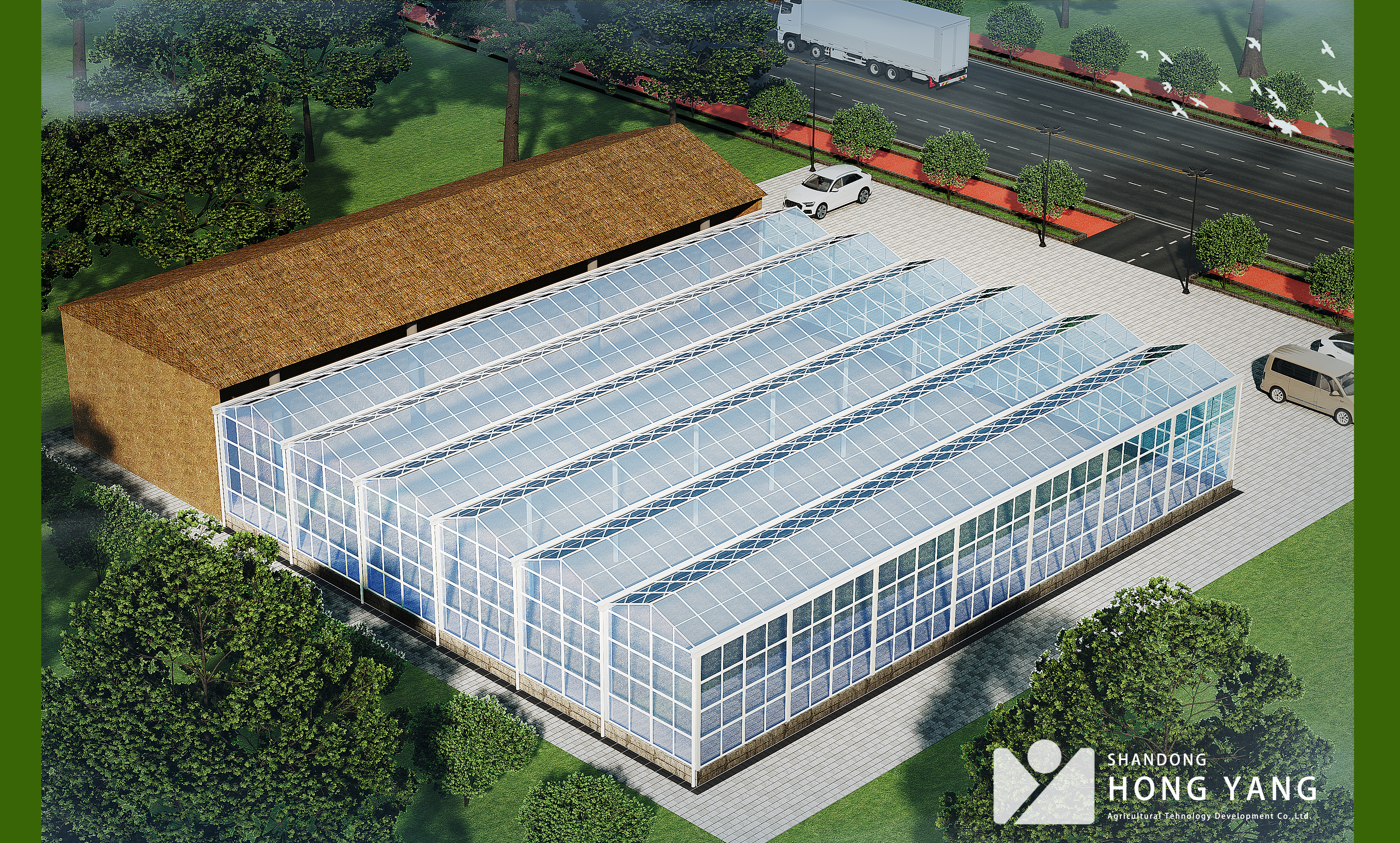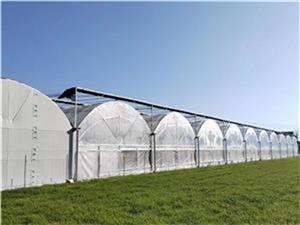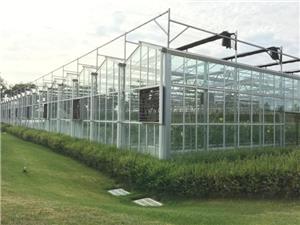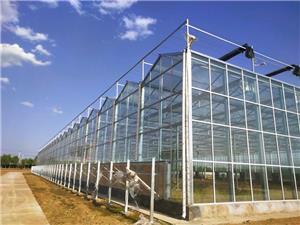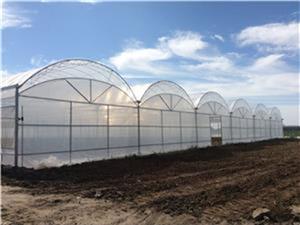Comprehensive Guide to Agricultural Greenhouse Design 1
Agricultural greenhouses have become a cornerstone of modern agriculture, enabling year - round cultivation of crops regardless of external climate conditions. The success of an agricultural greenhouse largely depends on thoughtful greenhouse design, which integrates agricultural needs, environmental adaptation, and cost - effectiveness. This article provides a detailed overview of the key steps and considerations in greenhouse design, ensuring that the resulting agricultural greenhouse meets the specific requirements of different crops and regions.
Solar - oriented Greenhouses (Single - slope) : Suitable for cold northern regions such as North China and Northeast China. Their advantage lies in excellent heat retention (the north wall absorbs heat), reducing heating costs in winter. However, they have a smaller light - receiving area and lower land utilization rate (approximately 60%). They are ideal for heat - loving vegetables and seedling cultivation.
Plastic Greenhouses (Arch - shaped) : Commonly used in warm southern regions like East China and South China. They offer uniform light, high land utilization (about 80%), and low costs. But their heat retention is poor, making them unsuitable for growing heat - loving crops in winter. They are suitable for leafy vegetables, flowers, and the transition of open - field seedlings.
Multi - span Greenhouses : Applicable for large - scale cultivation nationwide, especially in facility agriculture. They have an extremely high land utilization rate (around 90%) and facilitate mechanized operations. However, they have high costs (approximately 100 - 300 yuan/m²) and high energy consumption. They are suitable for high - value crops such as strawberries and flowers.
Span : The span of a single - span plastic greenhouse is recommended to be 6 - 8 meters. A too - small span wastes land, while a too - large one is prone to deformation under wind loads. For multi - span greenhouses, the span is 10 - 12 meters, and reinforced steel frames are required.
Height : The shoulder height (the height from the bottom edge of the greenhouse film to the ground) should be 1.5 - 1.8 meters for easy manual operation. The ridge height (the highest point of the greenhouse roof) should be 2.5 - 3 meters to increase space and reduce the dripping of condensation onto crops.
Length : The length of a single - span greenhouse is 50 - 80 meters. A too - long greenhouse leads to uneven ventilation, and a too - short one has a high proportion of walls. The length of multi - span greenhouses can be adjusted according to the plot, and a ventilation opening should be set every 30 meters.
Frame Materials :
Economic Option : Hot - dip galvanized steel pipes (Φ25mm, wall thickness 1.2mm) have a service life of 5 - 8 years and a cost of approximately 15 - 20 yuan/m².
Durable Option : Galvanized square steel (40×20mm) has a service life of 10 - 15 years and a cost of about 30 - 40 yuan/m².
In northern regions, concrete foundations (depth ≥50cm, width 30cm) should be installed under the frames to prevent frame tilting due to frost heave in winter.
